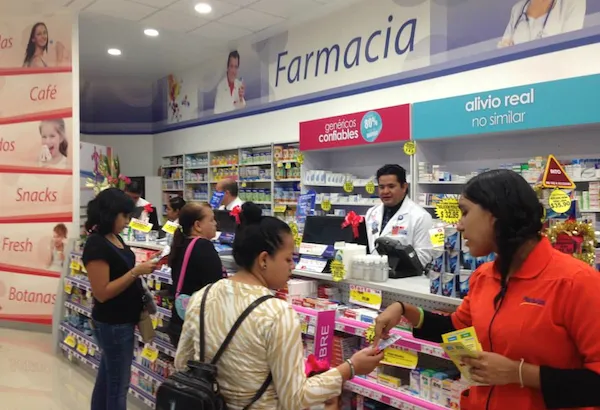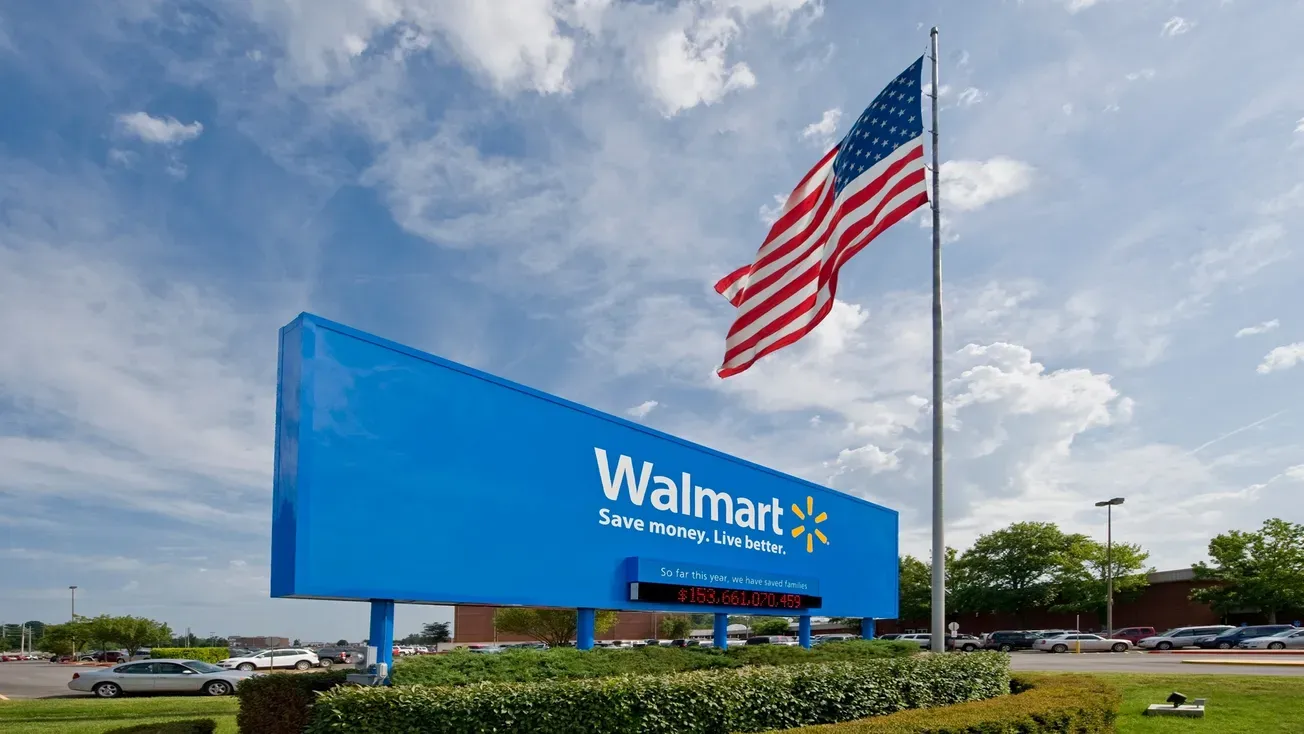Despite having close cultural, human and economic exchanges with the United States, Mexico has a very different pharmacy landscape from that of its neighbor to the north — one with outstanding growth potential for pharmacies that build strong differentiating capabilities.
A Farmacias Benavides pharmacy in Monterrey, Mexico.
The Mexican pharmaceutical market grew 3% annually over the past few years to reach $14 billion in 2014. As a result of rising disposable income, a slowly but steadily aging population, higher public health expenditures associated with the country’s universal insurance coverage, and the prevalence of chronic medical conditions such as diabetes and obesity, the pace of growth is expected to increase to 7% to 9% through 2020.
In light of this potential, the channel dynamics are rapidly evolving, creating both challenges and opportunities for pharmacy players and their counterparts. New operating models may emerge, particularly within pharmacy, and more differentiation is likely to be created at the point of sale.
Current state of pharmacy
Mexico has about 28,000 pharmaceutical points of sale (POS). About two-thirds are small and medium-size independents, a proportion that is decreasing as large pharmacy chains expand their market share. In fact, strong competition from the chains has led to the closing of nearly 3,000 independent pharmacies in the past three years alone.
Typically operating in rural areas and small cities with low-income levels, independents generate about 12% of all pharmaceutical sales in Mexico. The chains account for about 68% of sales and are predominantly concentrated in more urbanized areas, close to their original hometowns, and in neighboring states. Supermarket chains such as Walmart and Soriana have also become important players as a result of their expansive number of outlets and large geographical coverage. These chains account for the remaining 20% of the country’s pharmaceutical sales.
Five large pharmacy chains are leading the way:
• Farmacias Similares, an exception to the urban-centered chain pharmacies, has 4,100 stores across Mexico. It focuses on private label products, low-price brands and generics purchased most often by consumers in the low-income and rural areas it serves.
• Farmacias Guadalajara operates nearly 1,450 outlets, including several that opened this year. It recently launched the “super pharmacy” concept in Mexico, which, like Walgreens and CVS/pharmacy in the United States, sells an array of products beyond pharmaceuticals.
• Farmacias del Ahorro, which has 1,300 pharmacies, expects to double its number of POS before 2020.
• Farmacias Benavides, with more than 1,000 stores, was bought in 2014 by British company Alliance Boots, which stated plans to stabilize operations and double the chain’s footprint in Mexico.
• FEMSA, the Mexican multinational beverage and convenience store company, has made significant inroads in the pharmacy space. This year, its number of pharmacy outlets increased to about 1,000, primarily by acquiring several regional pharmacies. With more than 12,000 Oxxo convenience stores, FEMSA only recently entered the pharmaceutical business as it explores other avenues for growth in light of the increasing saturation of its traditional retail channel.
Trends triggering market evolution
Five major trends will significantly alter the competitive landscape and the practice of pharmacy in Mexico over the next five to 10 years:
• A strong shift to less-expensive generics. Mexico’s universal insurance coverage does not include reimbursement for medicines. The large volume of privately financed expenditures has reflected, and will continue to reflect, generics, which now represent nearly 40% of the medications sold annually, and are growing about five times faster than their branded counterparts.
• Consolidation and vertical integration within the distribution chain. Large pharmacy chains already represent about 40% of sales, while keeping high heterogeneity of POS formats (from micro pharmacies to supermarkets) and business models (from independent to pharmacy chains). Vertical integration is likely to increase and thereby change the competitive landscape and introduce new players such as wholesalers and retailers with capabilities distinct from those of traditional Mexican pharmacies.
• Product and services differentiation. Pharmacy chains and supermarkets are strengthening their relationship with patients through new service offerings that are beginning to surface across select pharmacy chains, including diagnostic and medical services, advertising for drugs, treatment adherence programs, home delivery, 24-hour service, and loyalty cards.
• Differentiated distribution models. Upstream, the concentration of sales in the pharmacy chain segments is facilitating a transition to a direct-to-pharmacy model that bypasses wholesalers. Downstream, the direct-to-customer model is likely to gain traction but will continue to be somewhat limited to urban areas because of the country’s lack of logistics infrastructure.
• More patients becoming educated and participating in treatment decisions. With more people looking for support to make informed decisions, the power of the pharmacy — and especially for pharmacists — will likely increase via drug commercialization in various roles, including drug substitution and treatment compliance.
Implications for the industry
Unfortunately for Mexico’s established pharmacy players, these trends are all becoming acute at the same time. The traditional pharmacy will need to adopt a model that is more distinctive and proprietary. In fact, some are already experimenting. For example: Farmacias Guadalajara and Farmacias del Ahorro set up a direct-to-pharmacy model; Benavides has expanded into beauty and personal care; and Farmacias Similares vertically integrated in generics production. However, there still appears to be no clear winning model.
What is becoming clear is that regardless of the model, pharmacy players will need to redefine their supply chain configurations, likely increasing central fulfilment to minimize stocks and prepare for direct distribution to patients. This will require more robust end-to-end supply chain management capabilities and systems than most now possess.
Downstream, differentiation in the form of value-added services and complementary products could become the minimum move needed to stay in the game. New partnerships across the distribution channel could help accelerate the ability to create a portfolio of services that can be offered to customers “beyond the pharmacy.”
While challenges exist and change is under way, Mexico’s growth potential makes the country’s pharmacy industry attractive in terms of an established presence for the long term. Now is the time to build differentiating capabilities and reinvent the model to drive competitive differentiation in this growing market.
Carlos Cruz (carlos.cruz@atkearney.com) is a principal and Alejandro Correa (alejandro.correa@atkearney.com) is an associate in global strategy and management consultant in A.T. Kearney’s Health Practice.









